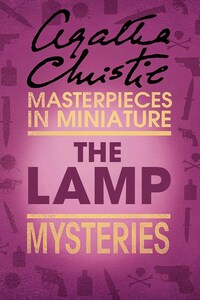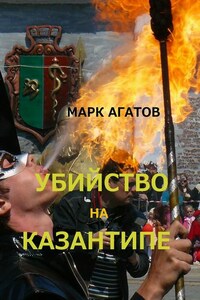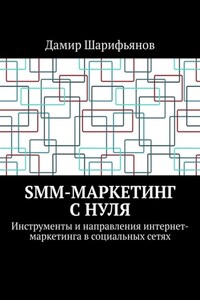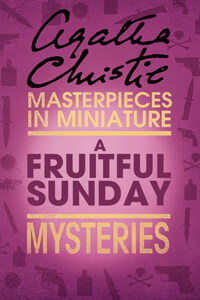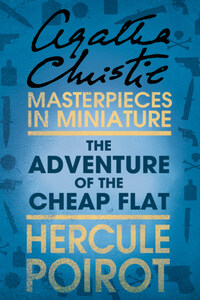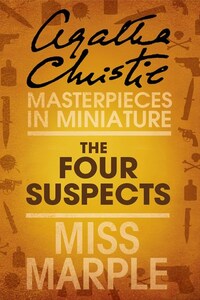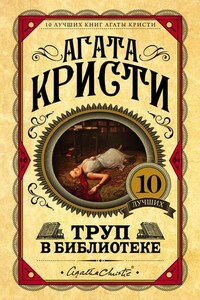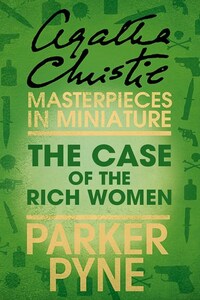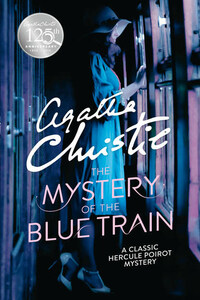Published by HarperCollinsPublishers Ltd 1 London Bridge Street London SE1 9GF
www.harpercollins.co.uk
First published 2008
Copyright © 2008 Agatha Christie Ltd.
Cover design © HarperCollinsPublishers 2013
Agatha Christie asserts the moral right to be identified as the author of this work
A catalogue copy of this book is available from the British Library
This novel is entirely a work of fiction. The names, characters and incidents portrayed in it are the work of the author’s imagination. Any resemblance to actual persons, living or dead, events or localities is entirely coincidental
All rights reserved under International and Pan-American Copyright Conventions. By payment of the required fees, you have been granted the nonexclusive, nontransferable right to access and read the text of this e-book on-screen. No part of this text may be reproduced, transmitted, downloaded, decompiled, reverse engineered, or stored in or introduced into any information storage and retrieval system, in any form or by any means, whether electronic or mechanical, now known or hereinafter invented, without the express written permission of HarperCollins e-books.
HarperCollinsPublishers has made every reasonable effort to ensure that any picture content and written content in this ebook has been included or removed in accordance with the contractual and technological constraints in operation at the time of publication.
Ebook Edition © OCTOBER 2013 ISBN: 9780007526758
Version: 2017-04-15
‘The Lamp’ was first published in the hardback The Hound of Death and Other Stories (Odhams Press, 1933). No previous appearances have been found.
It was undoubtedly an old house. The whole square was old, with that disapproving dignified old age often met with in a cathedral town. But No. 19 gave the impression of an elder among elders; it had a veritable patriarchal solemnity; it towered greyest of the grey, haughtiest of the haughty, chillest of the chill. Austere, forbidding, and stamped with that particular desolation attaching to all houses that have been long untenanted, it reigned above the other dwellings.
In any other town it would have been freely labelled ‘haunted,’ but Weyminster was averse from ghosts and considered them hardly respectable except at the appanage of a ‘county family’. So No. 19 was never alluded to as a haunted house; but nevertheless it remained, year after year, To be Let or Sold.
Mrs Lancaster looked at the house with approval as she drove up with the talkative house agent, who was in an unusually hilarious mood at the idea of getting No. 19 off his books. He inserted the key in the door without ceasing his appreciative comments.
‘How long has the house been empty?’ inquired Mrs Lancaster, cutting short his flow of language rather brusquely.
Mr Raddish (of Raddish and Foplow) became slightly confused.
‘E – er – some time,’ he remarked blandly.
‘So I should think,’ said Mrs Lancaster drily.
The dimly lighted hall was chill with a sinister chill. A more imaginative woman might have shivered, but this woman happened to be eminently practical. She was tall with much dark brown hair just tinged with grey and rather cold blue eyes.
She went over the house from attic to cellar, asking a pertinent question from time to time. The inspection over, she came back into one of the front rooms looking out on the square and faced the agent with a resolute mien.
‘What is the matter with the house?’
Mr Raddish was taken by surprise.
‘Of course, an unfurnished house is always a little gloomy,’ he parried feebly.
‘Nonsense,’ said Mrs Lancaster. ‘The rent is ridiculously low for such a house – purely nominal. There must be some reason for it. I suppose the house is haunted?’
